Kimsooja transforms Copenhagen’s underground Cisternerne into a laboratory of light
We exclusively preview South Korean artist Kimsooja's ‘Weaving the Light’, an illuminating, kaleidoscopic installation in Copenhagen’s subterranean Cisternerne (26 March – 30 November 2023)

Amidst the cavernous halls of Cisternerne, a reservoir-turned-contemporary art space that lies beneath Copenhagen, the South Korean artist Kimsooja has created what she refers to as a ‘laboratory of lights’. The darkness of the subterranean space is punctured by a kaleidoscope of colour, an effect produced as light diffracts through a translucent film.
Kimsooja’s intention is to bring viewers on ‘a journey of all kinds of experiences of iridescent lights’. In the first of three chambers, Plexiglas panels covered with diffraction film hover above pools of water, like portals to another dimension.
Kimsooja, ‘Weaving the Light’ at Cisternerne
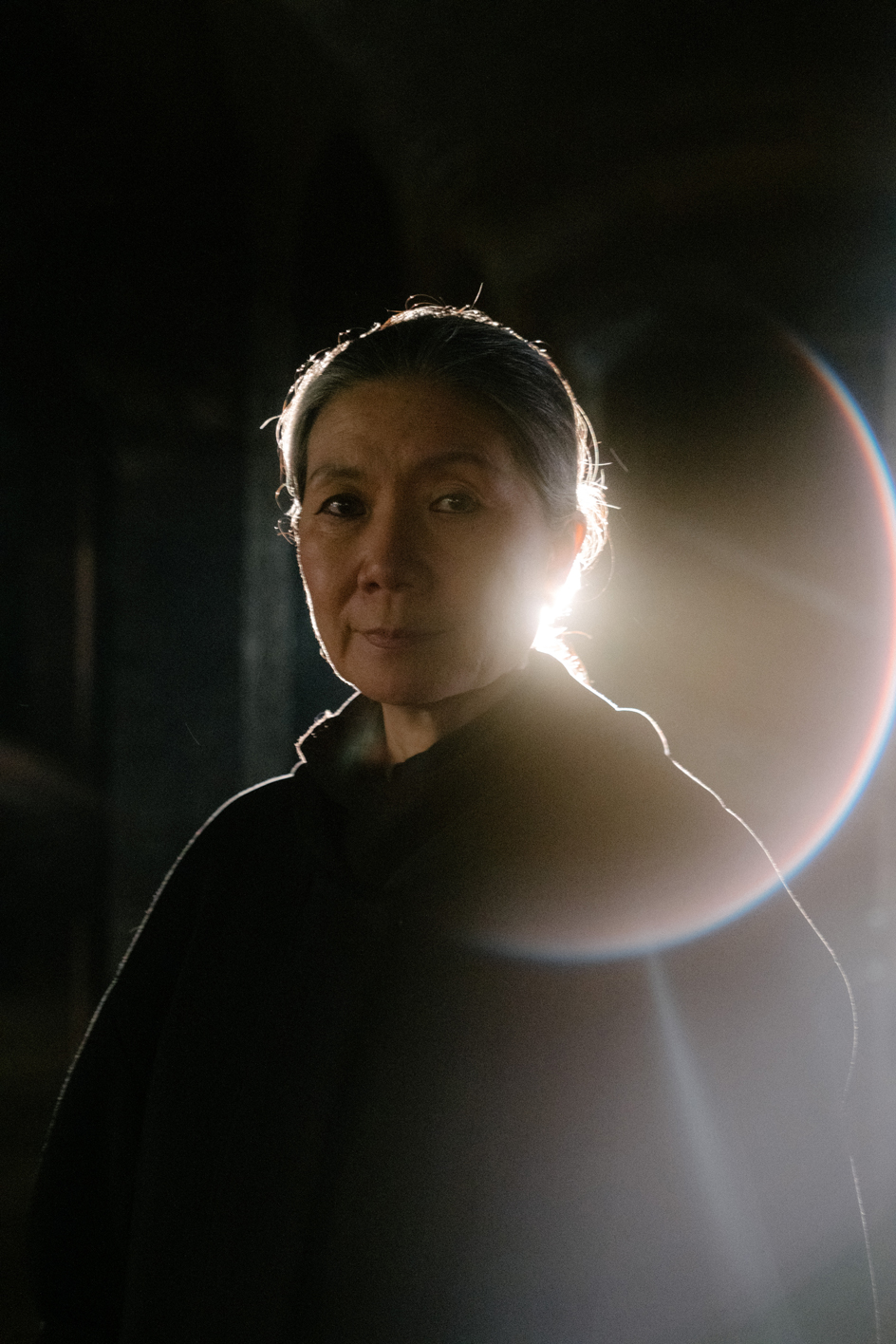
South Korean artist Kimsooja photographed at Cisternerne, Copenhagen
In the second chamber, water plays a greater role. Ripples caused by the slightest of movements are illuminated by lighting placed along the wall. Drawing on her early career as a painter, Kimsooja emphasises the painterly quality of light, using light as her brush and the panels as her tableaux. The result evokes an impressionist painting that dissolves into an abstract field when seen up close.
By the final chamber, Kimsooja’s symphony of light has swelled to a crescendo. Panels cover the walls and immerse the space in a spectacle of colour. Standing on the viewing deck in the midst of a dark sea, it is easy to stumble into a reverie (though hopefully not into the water, as others have been known to accidentally do in Cisternerne in the past). Accompanied only by the sounds of the surrounding water, the installation seeks to heighten the viewer’s awareness of their own body. ‘I hope the viewer can focus on visual experiences in silence, and their delicate relationship with others within the space,’ says the artist.
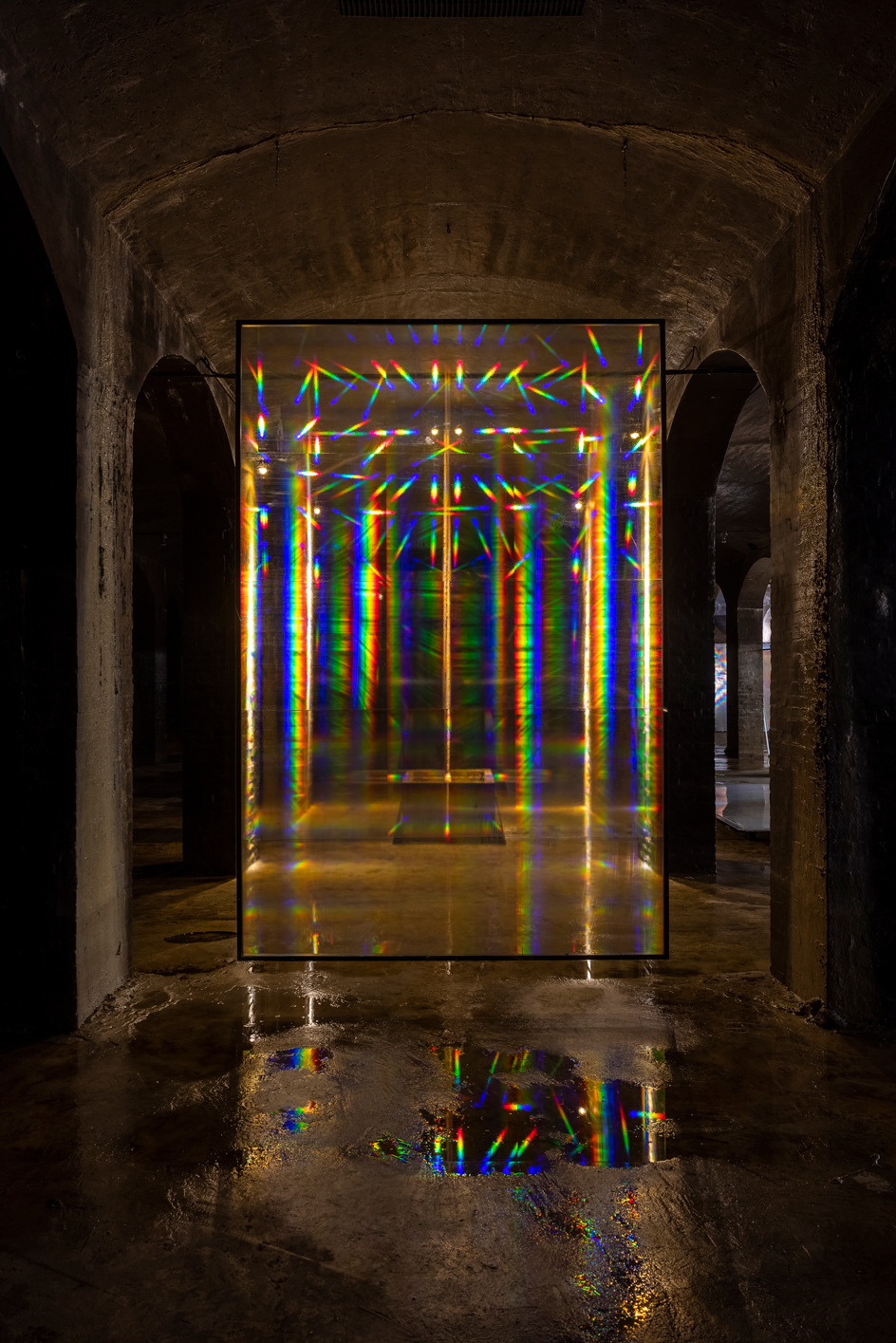
Plexiglas panels covered with diffraction film hover above pools of water in Cisternerne’s first chamber of Kimsooja's Cisternerne show
The title of the installation, Weaving the Light, conveys the movement of light as it bounces off the masonry and water. Beams of light also thread their way through the diffraction film – itself made up of thousands of horizontal and vertical scratches that recall the ‘warp and weft of canvas’ – to conjure ‘a tableau woven by lights’. For Kimsooja, this speaks of the harmonious balance of elements and the fundamental order of the universe.
‘It’s an old dream of mine to fill Cisternerne with only light. And it was wonderful to experience that, from the moment Kimsooja entered Cisternerne, she understood the potential and inherent beauty of this special space,’ says Astrid la Cour, director of the Frederiksberg Museums (Cisternerne’s parent organisation). ‘She has created an exhibition that gives us all the opportunity to sense the depth of darkness and the transformative power of light.’
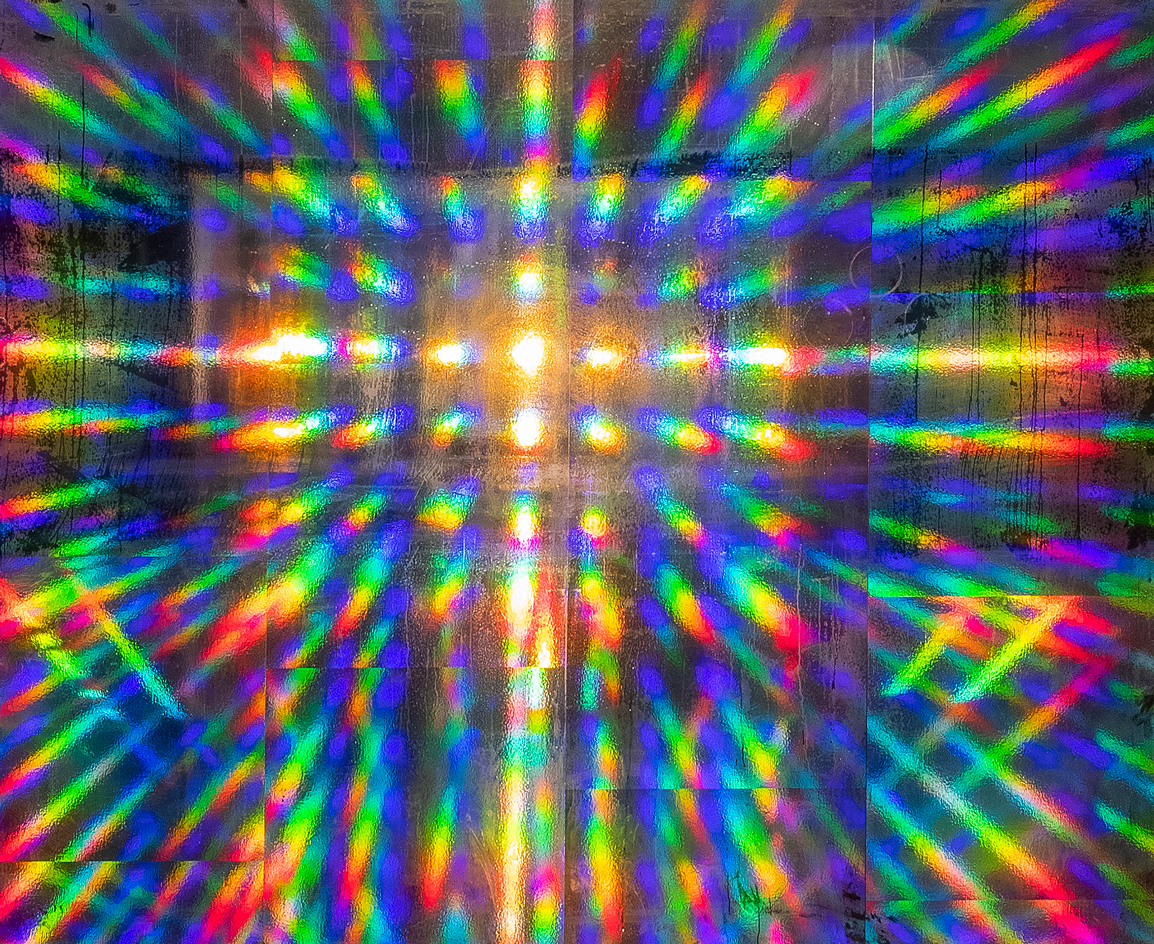
A symphony of light in Cisternerne’s final chamber allows visitors to immerse themselves in colour and space
Weaving has long been an important part of Kimsooja’s practice, which is rooted in
the textile industry in her hometown of Daegu, in south-eastern Korea, alongside memories of sewing with her mother and grandmother. ‘Wrapping and unwrapping
is an extension of sewing for me,’ she says. Both consist of the same practice – of needle and thread piercing space – and corporeal, human elements. In particular, she has returned to the metaphor of the bottari, the traditional Korean ‘bundle’ of fabric used to protect and carry possessions. Kimsooja considers her installations, which have included wrapping diffraction film around the façades and interiors of buildings, to be another type of bottari.
Receive our daily digest of inspiration, escapism and design stories from around the world direct to your inbox.
In contrast to the artist’s ambitious To Breathe series, in which all manner of architectural spaces have been coated in diffraction grating film and laden with mirrored flooring, such as the Palacio de Cristal, Madrid (2006) or the Centre Pompidou-Metz (2015-16), Weaving the Light sees Kimsooja cover freestanding panels that hang between archways and columns. The psychedelic spectrum that erupts from their surface evokes the stained glass of a church. Kimsooja compares the ‘transcendental experience’ of her ‘light paintings’ to a medieval cathedral, bathed in light through stained glass. She has worked with such sacred spaces before, including the chapel at Yorkshire Sculpture Park and Cathédrale Saint-Étienne de Metz.
Beyond its spiritual resonance for Kimsooja, light offers a ‘possibility of transformation into another space’, and colour similarly provides a ‘dimension of space and time’. The Korean word obangsaek refers to the spectrum of five colours – white, black, blue, yellow and red – that appear within the fabric of traditional textiles and visual art. Kimsooja explains that each colour is imbued with symbolic meaning, representing a cardinal direction, a season and an element. For her, colour is ‘a philosophy that represents the structure of the world’.

Kimsooja was struck by Cisternerne’s unique architecture and ambience, and was excited by the prospect of working in an environment where water remained a very present force. La Cour explains that the reality of working in a subterranean water reservoir is often unpredictable. For Kimsooja, the structure was ‘loaded with time, water, humidity and darkness’. The almost 100 per cent humidity posed a particular challenge, and water droplets may be visible on the panels as part of the installation.
In the caverns, water has replaced mirrors as a medium to reflect the space, intensifying how the body is wrapped and unwrapped in light. Unaffected by the seasons or the time of day, the sensations of the installation are amplified instead by the reflective surface of water. Though Kimsooja has only used water once before, in an installation over a canal in Leiden in the Netherlands (on show until early 2025), she has long been drawn to the potency of the natural world: communing with water in A Laundry Woman – Yamuna River, India (2000) and exploring the connection between nature and weaving in the ongoing Thread Routes film series.
In the gloom of Cisternerne, Kimsooja has allowed water and body to be entwined through the medium of light. We are invited on a journey to a realm that feels far from the bustle of the city overhead.
‘Kimsooja: Weaving the Light’ is on show 26 March-30 November at Cisternerne, Copenhagen, frederiksbergmuseerne.dk, kimsooja.com
A version of this article will appear in the May 2023 issue of Wallpaper*, on newsstands and available to subscribers from 13 April 2023. Subscribe today
-
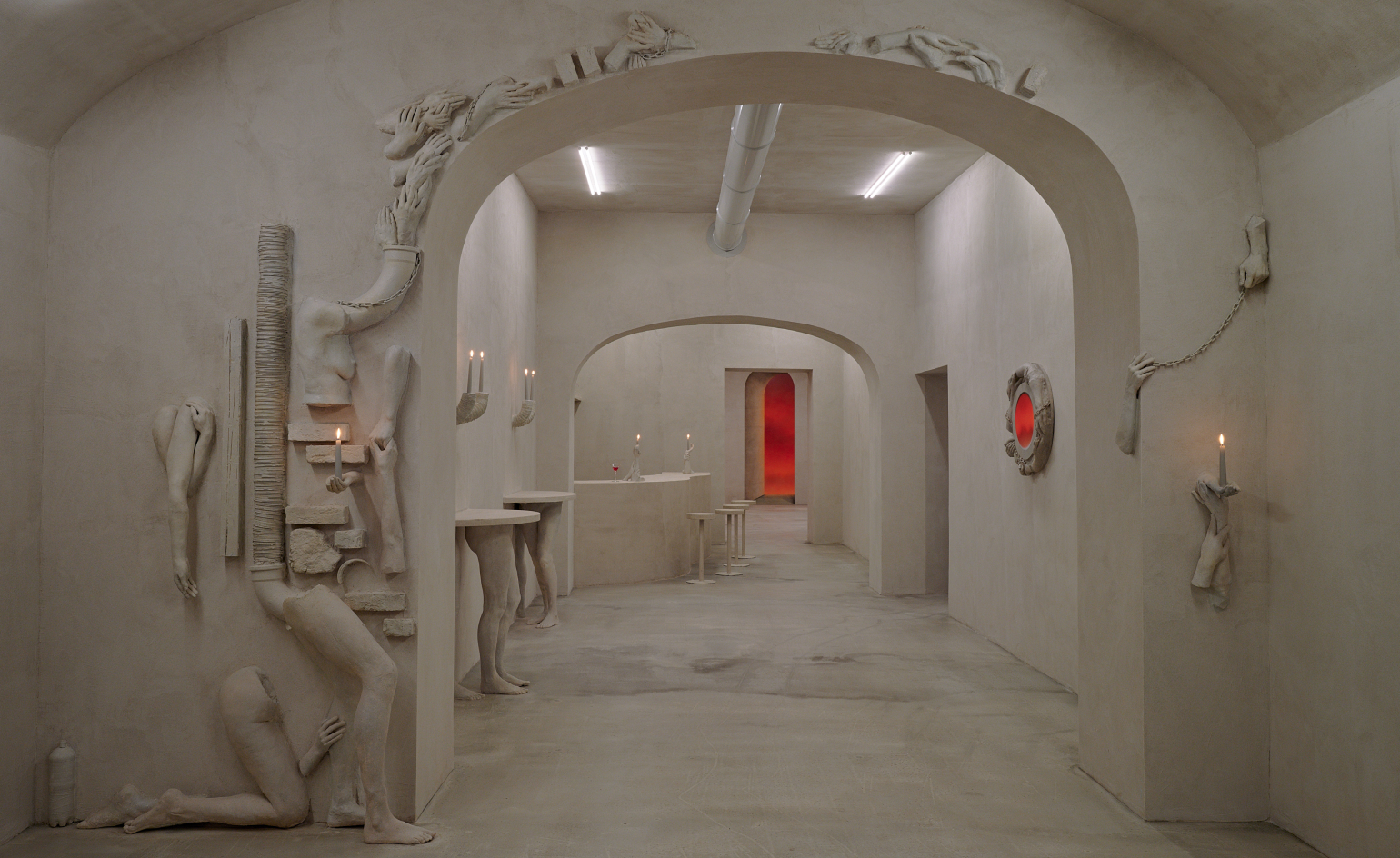 Rome’s hottest new bar is a temporary art installation – don’t miss it
Rome’s hottest new bar is a temporary art installation – don’t miss itVilla Lontana presents ‘Bar Far’, a striking exhibition by British artists Clementine Keith-Roach and Christopher Page, where nothing is what it seems
-
 Apple unveils Creator Studio, a new subscription service for its top-tier creative apps
Apple unveils Creator Studio, a new subscription service for its top-tier creative appsApple Creator Studio brings together Logic Pro, Final Cut Pro and a host of other pro-grade creative apps, as well as a new level of AI-assisted content search
-
 We celebrate hope and optimism in architecture at the 2026 Wallpaper* Design Awards
We celebrate hope and optimism in architecture at the 2026 Wallpaper* Design AwardsSeeking the positive and the spirit-lifting, we commend this year’s architectural innovators and change makers
-
 How ethical is Google Street View, asks Jon Rafman in Copenhagen
How ethical is Google Street View, asks Jon Rafman in CopenhagenIn 'Report a Concern - the Nine Eyes Archives' at Louisiana Museum of Art, Copenhagen, Jon Rafman considers technology's existential implications
-
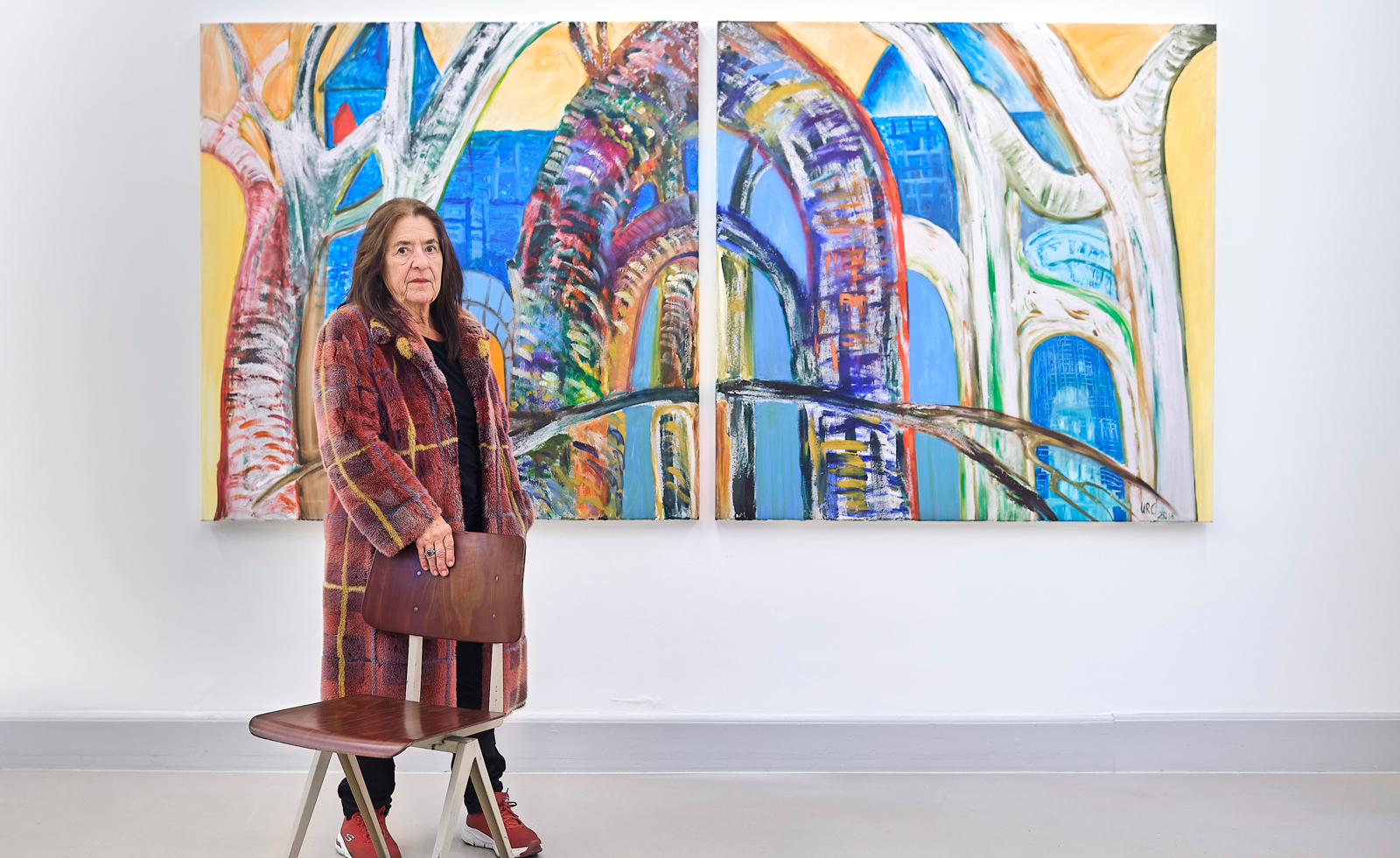 Ursula Reuter Christiansen on her art: ‘I have to go through, and through, and through’
Ursula Reuter Christiansen on her art: ‘I have to go through, and through, and through’German-Danish artist Ursula Reuter Christiansen tells Wallpaper* what drives her, as her exhibition ‘Rose Thorn’ opens at Von Bartha, Copenhagen
-
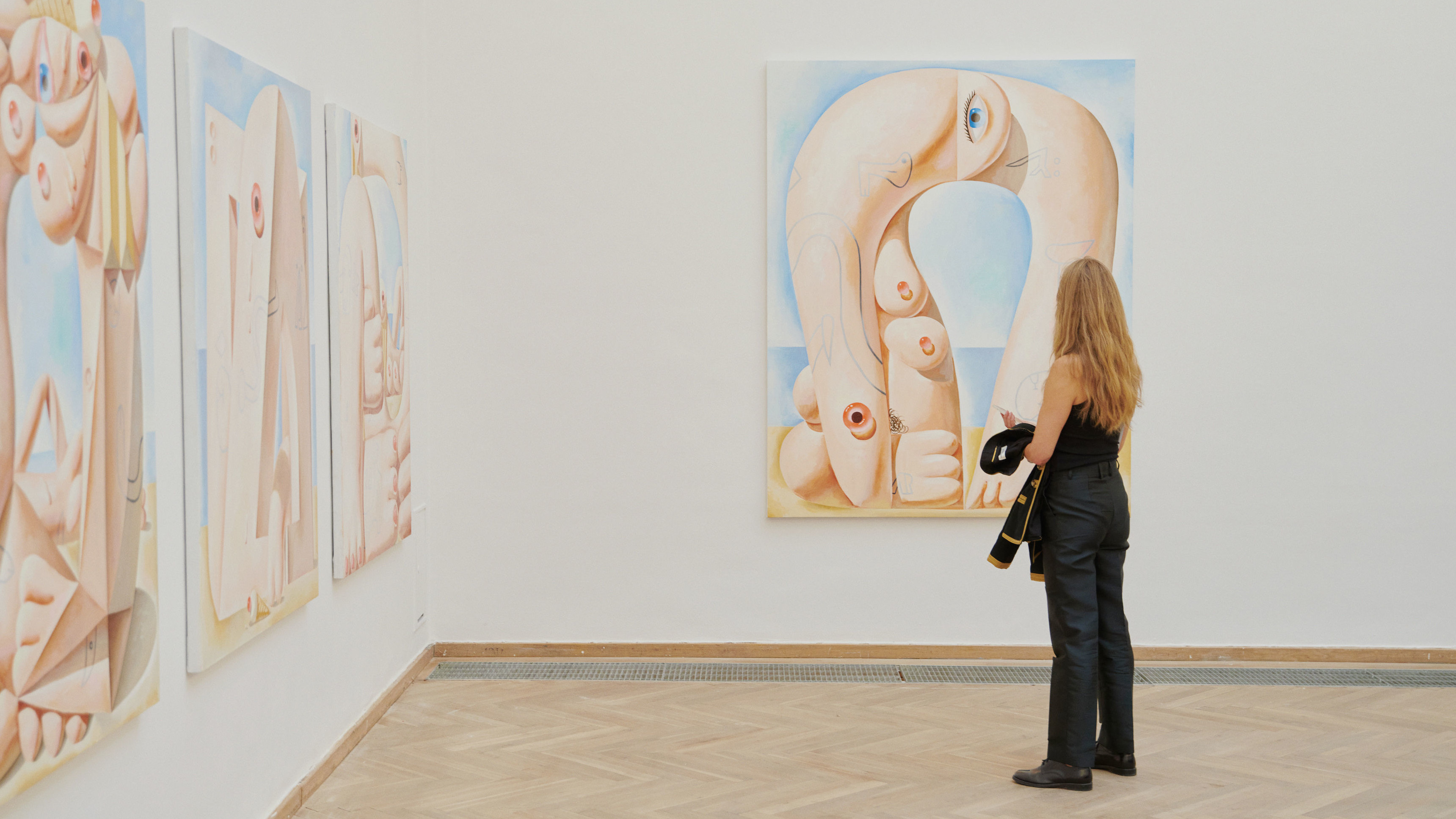 How Copenhagen’s Chart Art Fair celebrated its first decade
How Copenhagen’s Chart Art Fair celebrated its first decadeThe 11th Chart Art Fair highlights span architectural installations, an ongoing sculpture show, and a novice collectors’ exhibition
-
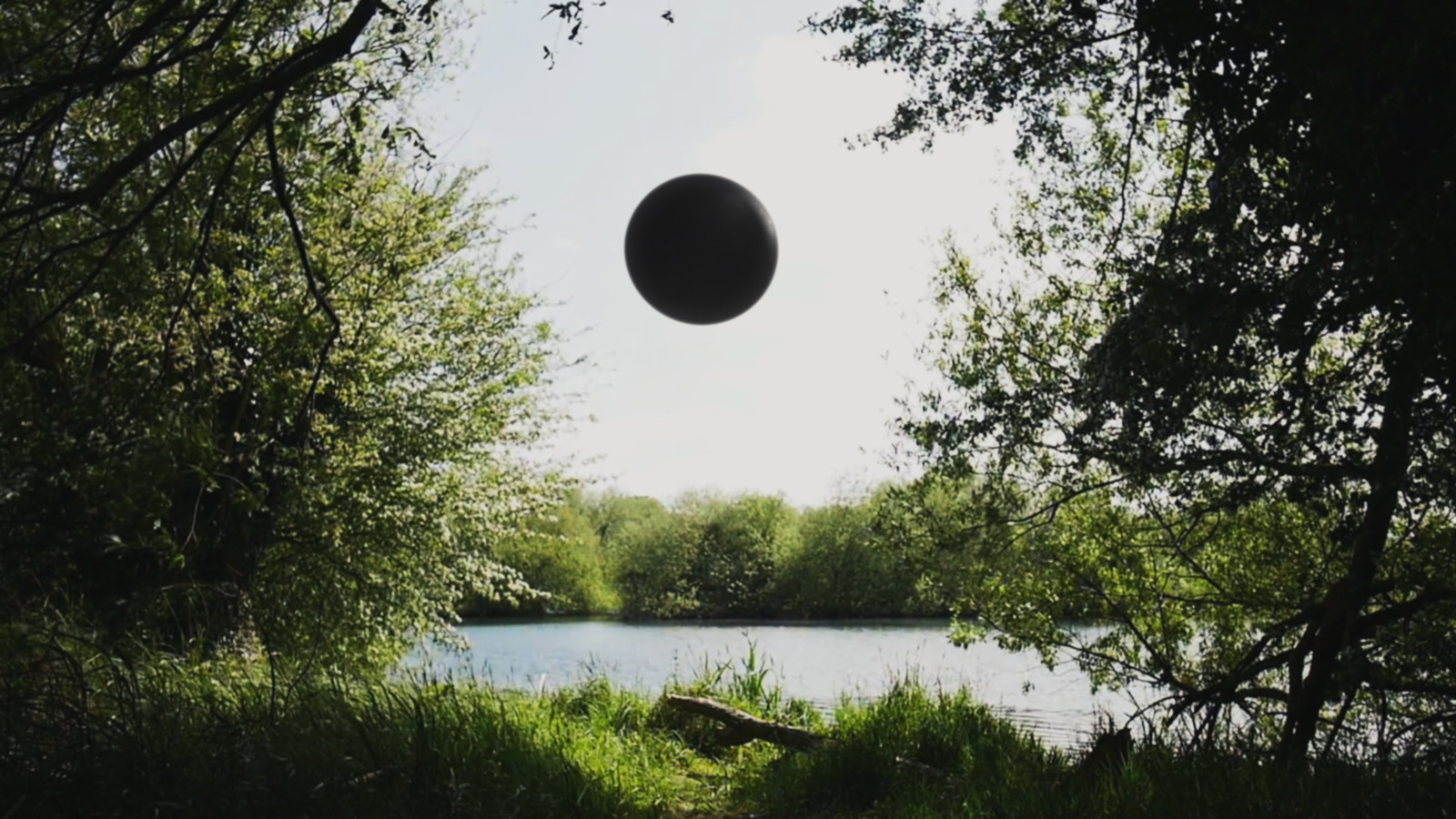 American artist Rachel Rose reaches for the sun and the moon in her Nordic exhibition debut
American artist Rachel Rose reaches for the sun and the moon in her Nordic exhibition debutRachel Rose’s ‘Good Morning Midnight’ at GL Strand, Copenhagen, centres on her cinematic Enclosure (2019) and recent video The Last Day (2023)
-
 Edinburgh Art Festival 2023: from bog dancing to binge drinking
Edinburgh Art Festival 2023: from bog dancing to binge drinkingWhat to see at Edinburgh Art Festival 2023, championing women and queer artists, whether exploring Scottish bogland on film or casting hedonism in ceramic
-
 Last chance to see: Devon Turnbull’s ‘HiFi Listening Room Dream No. 1’ at Lisson Gallery, London
Last chance to see: Devon Turnbull’s ‘HiFi Listening Room Dream No. 1’ at Lisson Gallery, LondonDevon Turnbull/OJAS’ handmade sound system matches minimalist aesthetics with a profound audiophonic experience – he tells us more
-
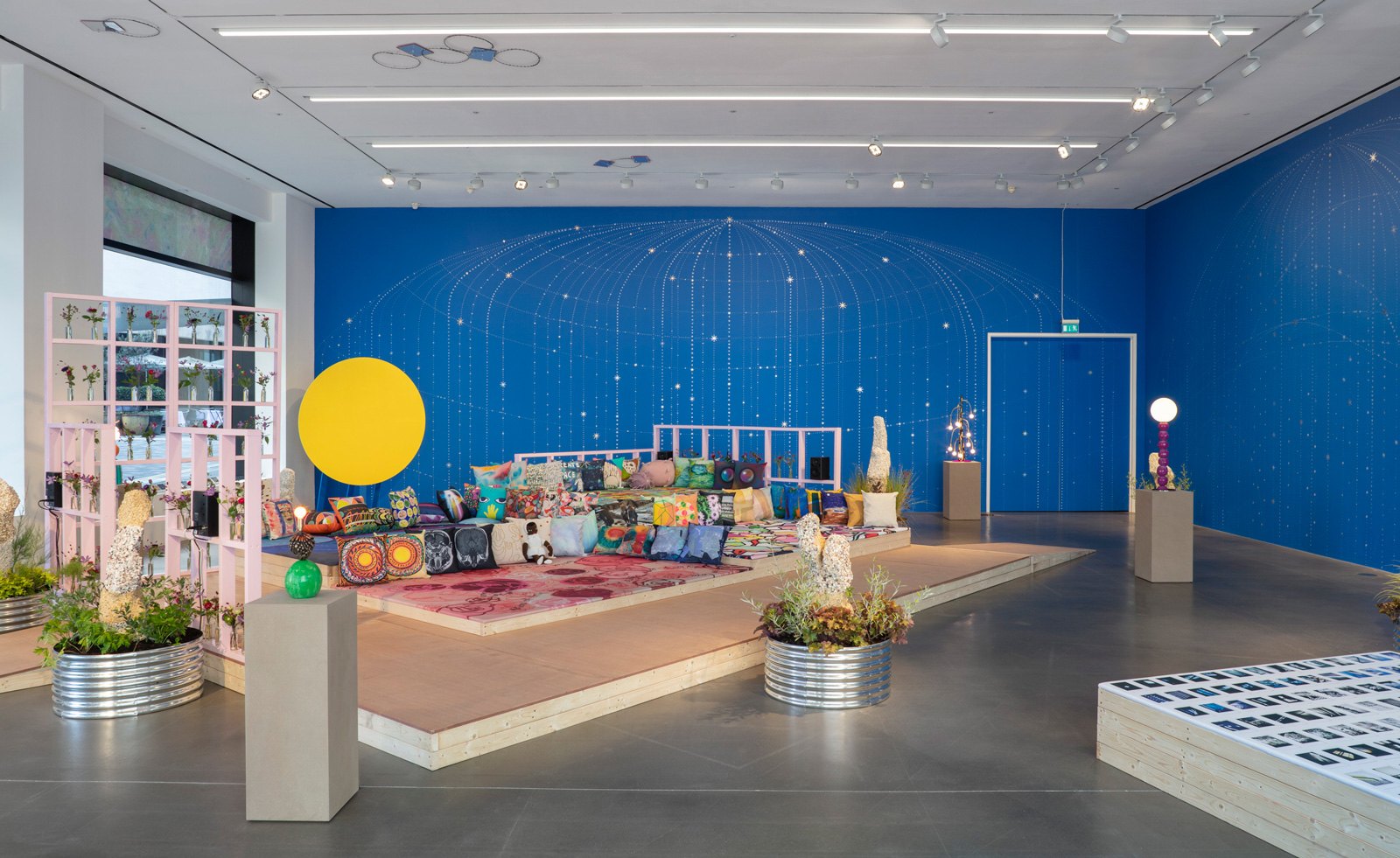 Hospital Rooms and Hauser & Wirth unite for a sensorial London exhibition and auction
Hospital Rooms and Hauser & Wirth unite for a sensorial London exhibition and auctionHospital Rooms and Hauser & Wirth are working together to raise money for arts and mental health charities
-
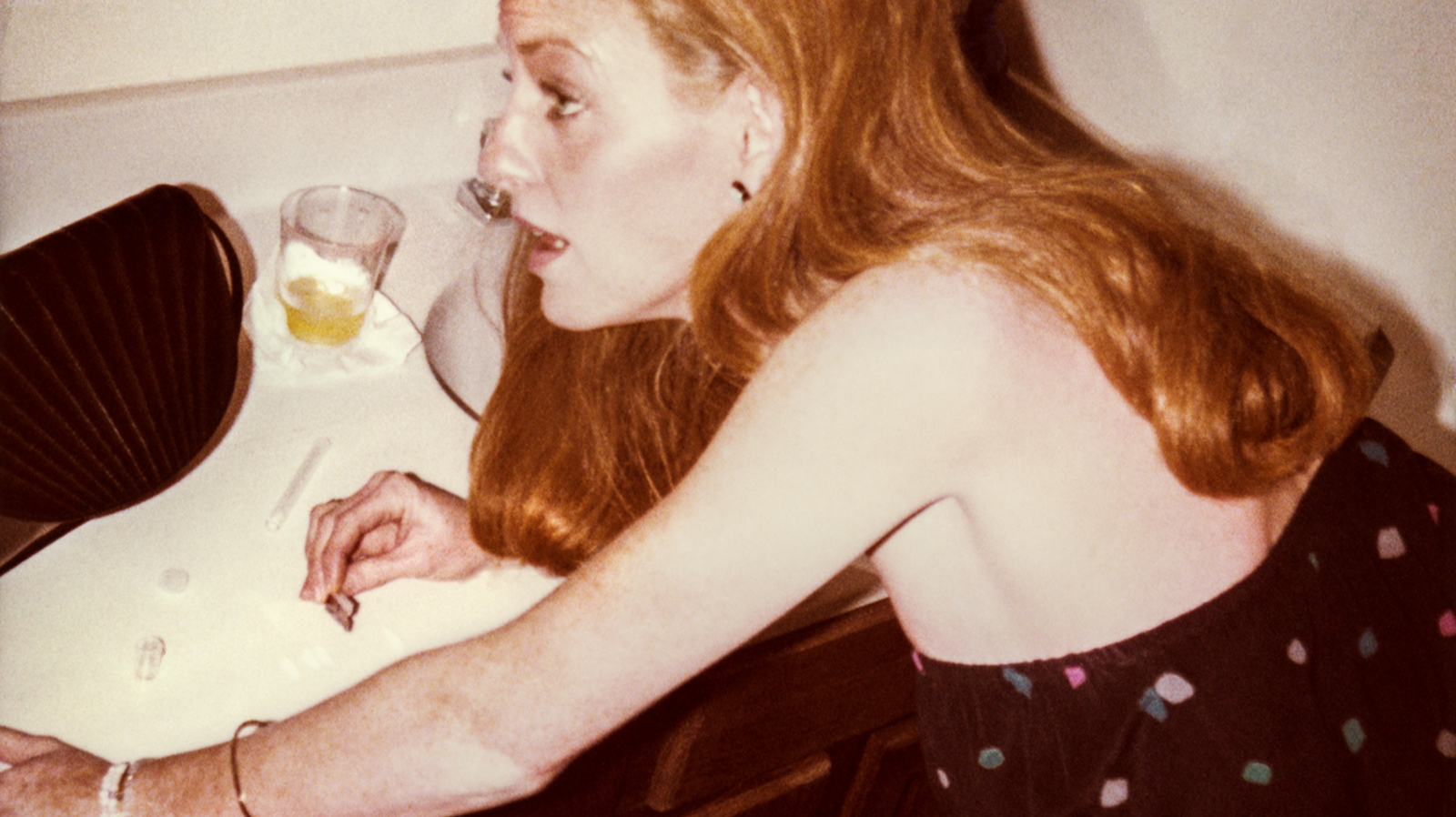 ‘These Americans’: Will Vogt documents the USA’s rich at play
‘These Americans’: Will Vogt documents the USA’s rich at playWill Vogt’s photo book ‘These Americans’ is a deep dive into a world of privilege and excess, spanning 1969 to 1996